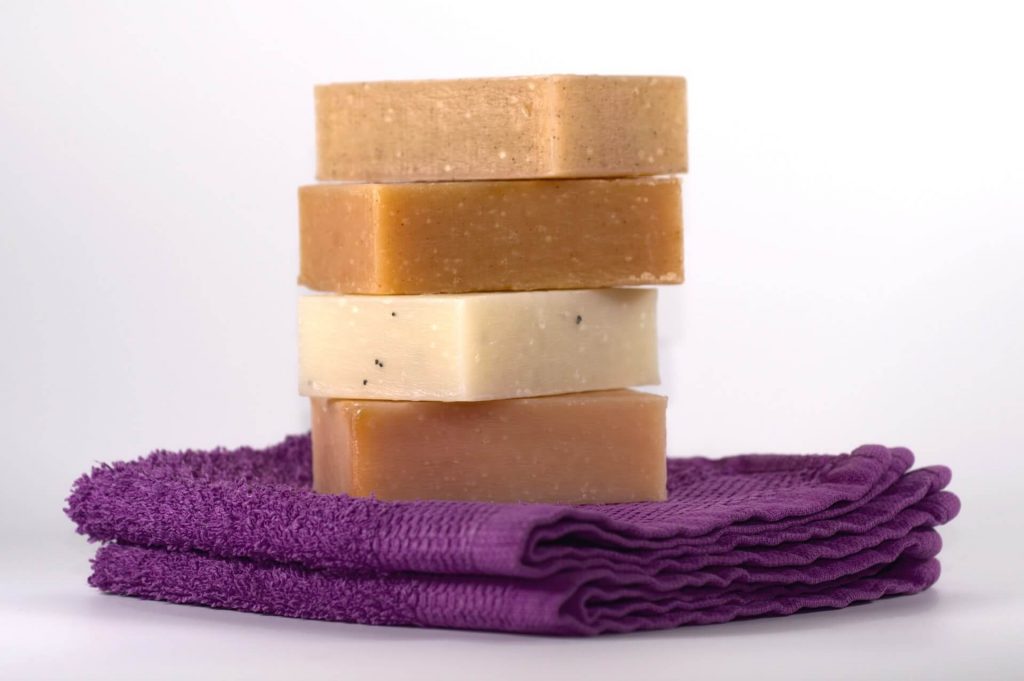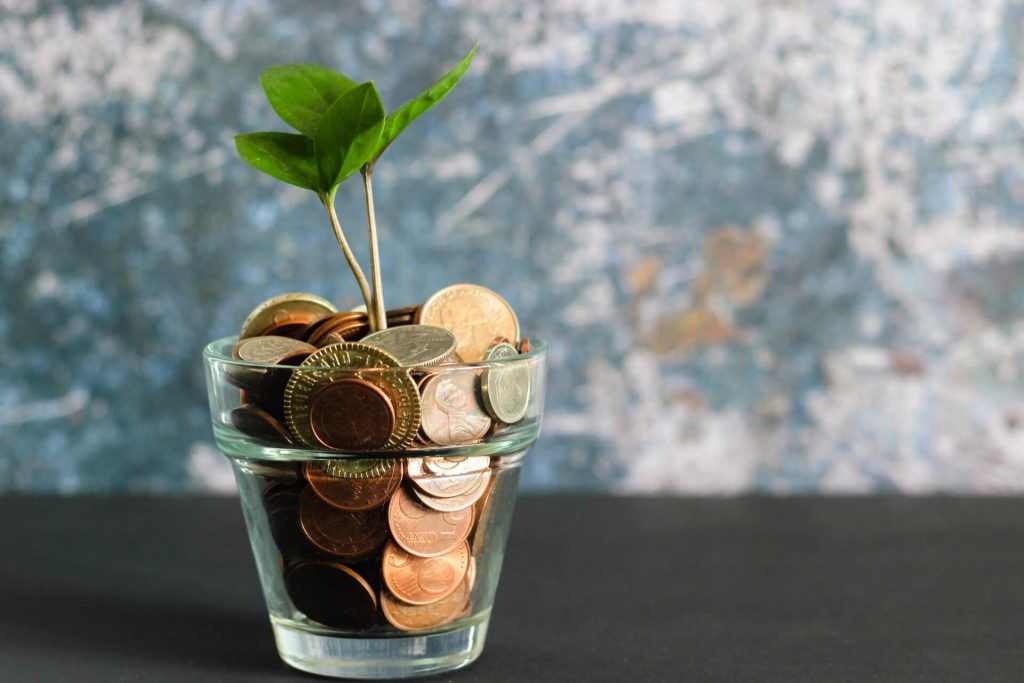A common misconception I often hear is that eco-friendly living is simply too expensive to be practical.
I think this is partly due to the idea of sustainability that some people have in mind, the version that is all about driving fancy electric cars, investing in solar power and only eating the highest quality organic produce.
If you have the money to do those things, then all power to you. But most of us don’t, myself included!
So with that in mind here are a few simpler ways to reduce your impact without spending a fortune. In fact, you might just be able to save yourself some money!
1. Buy Only What You Need
Let’s start with buying habits, because this is usually the area where you can save the most money while living sustainably.
So much of our waste nowadays is due to over buying and over consuming.
Nowadays I think many of us are too quick to say that we “need” to buy something new. We’re so used to being able to buy a quick fix that we make impulsive unnecessary purchases which just end up creating more waste.
Taking a minute to ask yourself why and if you really need this new product is a great habit to get into.
Questions to ask yourself before you buy might be:
- Do I already own a similar product that could do the job?
- Can I make something myself that would work instead?
- Is this a luxury item I could do without?
- Will I actually use this regularly?
- Is this food in season and are there local alternatives?
- Is this product very unhealthy or environmentally harmful?
- Is there too much packaging?
If you’re somebody who makes impulsive purchases (like I used to!) you could try keeping a shopping list and a list of products you need so that you aren’t just buying for the sake of it.
2. Repair Before You Replace

When something you own isn’t quite working as it should your first thought might be to toss it and buy another. But repairing what you can is the more eco-friendly thing to do.
Damaged clothes can be sewed or patched up. Old furniture can be given a new lease of life with some basic DIY. And the internet is full of repair guides and tutorials for all manner of home repair projects.
It might be that you can even make something completely new without having to spend a penny.
Check out my list of 10 Sustainable DIY projects to keep you busy.
3. Borrow Before You Buy
If you do really need something new, why not borrow it? Borrowing is another great way to get the products you want without having to shell out the full cost.
Libraries are the classic example for all you bookworms, but you could also look to friends and families for a lend of an item, particularly if you only need it temporarily.
Borrowing means you don’t add to the demand for new products. And less products produced means less waste!
4. Buy and Sell Second Hand
Once you do decide you need to buy something, try to look for a second-hand version before you buy brand new.
This goes for everything from clothes to electronics to furniture and even vehicles.
Not only will the second-hand option be cheaper, but you’ll be doing your part to reduce consumption. Much like borrowing, a healthy second-hand market means less new products being produced.
And why not add to that market yourself by selling some of your own pre-loved items and making some extra cash. You never know when something you no longer use could be exactly what someone else needs.
5. Grow Your Own Food
It might sound daunting, but growing your own herbs, or even some small fruit and veg, is very doable and a definite money saver in the long run.
Start your own windowsill garden or little vegetable patch by investing in some seeds and soil, and then grow food at no further cost!
You can upcycle some plastic containers into makeshift plant pots to make this an even greener idea.
If you don’t have space or the time to grow your own, you could also try foraging for wild fruits and mushrooms in your area. Just be careful that you know what you’re picking!
6. Turn Off lights and Appliances
Switching off your electronics might seem obvious but it’s something that many of us forget to do!
Lights and appliances are an energy drain when left on or on standby. Not to mention a major money drain as well.
Take a look at my post on Energy Savers to learn more ways to save.
7. Drive a Little Less
Driving is fast and convenient, but it’s also not very eco-friendly and pretty expensive.
Leaving the car at home and walking, cycling or using public transport are all great ways to live lighter on a budget.
If none of the above are an option and driving is a must, try carpooling or sharing a ride with friends.
Less cars on the road also means less traffic for those who have to drive, so it’s a win win.
My Greener Transport post has more info on eco-friendly ways to get from A to B.
8. Reuse, Reuse, Reuse
Recycling is great, but do you know what’s better? Reusing!
What is and isn’t reusable largely depends on your own needs, but common household items that can be reused include plastic bags, cardboard, glass jars, plastic containers and more.
Of course, there is such a thing as hoarding too much stuff, so only keep what you think will get used and properly recycle the rest.
9. Switch to Castile Soap and Soap Bars

Ditch the bottled bathroom products and pick up some soap, conditioner and shampoo bars. Not only are they usually more natural than bottled products, but they are packaging free and as a result often cheaper.
If you want to reduce the number of products you buy even further, why not pick up some castile soap. Castile soap is a naturally made multipurpose soap that can be used on skin, for laundry, surface cleaning and much more. If you’re on a budget and need a cleaner that can (almost) do it all this is the one to go for.
I say almost because I wouldn’t recommend castile soap for hair and sensitive skin types as it can be a bit harsh and drying.
Head over to my sustainable swaps page for more eco-friendly household alternatives.
10. Do Less Laundry and Air Dry
Washing clothes less regularly and only when they are actually dirty is another good energy and money saving tip. Plus, over time washing damages the fabric of your clothes so the less washes you can put it through (within reason) the better.
And when it comes to drying, try to air dry as much as possible to save even more on your electricity bills.






